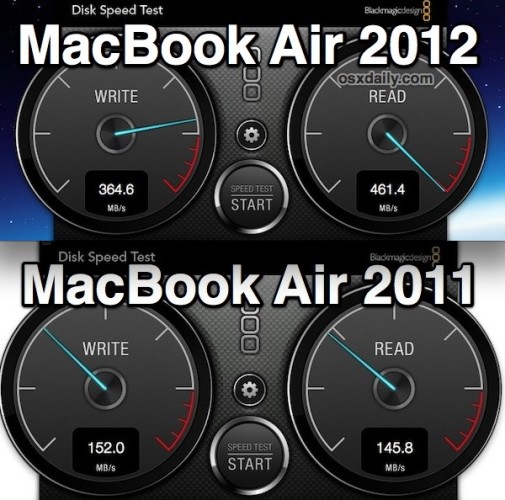


If you have a USB drive and don't want to take it apart and look up the specs of the controller chip, the only reliable way to tell if it's being mounted with UASP support or not is to plug it into your Pi, then run the command lsusb -t: $ lsusb -t The UASP version has a completely different layout, and uses a different controller chip. The older non-UASP version is on the top left in the picture above, and the UASP version on the bottom right. The differences are only really apparent if you take the thing apart and look at the actual circuit board. On the bottom, the only difference is one additional letter in the model number. The top, sides, and back are completely identical. So I ordered the UASP version, and waited for it to arrive.Īnd when it did arrive, I tried to see what was different about it. Going back to Brad's comment on my Pi SSD video, I replied to Brad that I didn't even realize I had the non-UASP version of the Inateck case. Let's not get too far ahead of ourselves. And some computers with only USB 2.0 ports could have their firmware updated to use UASP for newer drives, so some USB 2.0 connections got a speed boost. It has features like allowing parallel bits of data to be copied and out of order data transfer so the drive can use buffering and caching mechanisms for better performance.Īround the time USB 3.0 was introduced, most USB storage devices and adapters for hard drives started adopting the standard. I won't get too technical here, but the SCSI protocol has been around for a very long time-long enough that it was part of a joke in this 1994 Dilbert comic. So a new protocol was created, called 'USB Attached SCSI Protocol', or 'UASP'. The old BOT protocol would transfer data in large chunks, and each chunk of data had to be delivered in order, without regard for buffering or multiple bits of data being able to transfer in parallel. USB 3.0 has 5 Gbps of bandwidth, which is 400x more than USB 1.1. With USB 3.0, the BOT protocol cripples throughput. Without UASP, a drive is mounted as a Mass Storage Device using Bulk Only Transport (or BOT), a protocol that was designed for transferring files way back in the USB 'Full speed' days, when the fastest speed you could get was a whopping 12 Mbps! He noticed that I had linked to an Inateck USB 3.0 SATA case that didn't have UASP. In the comments on the video associated with that post, Brad Manske mentioned something I never even thought about. I found a USB 3.0 SSD was ten times faster than the fastest microSD card I tested. To learn more about how and for what purposes Amazon uses personal information (such as Amazon Store order history), please visit our Privacy Notice.You can view a video related to this blog post here: Does UASP make the Raspberry Pi faster?.Ī couple weeks ago, I did some testing with my Raspberry Pi 4 and external USB SSD drives. You can change your choices at any time by visiting Cookie Preferences, as described in the Cookie Notice. Click ‘Continue without accepting’ or ‘Customise Cookies’ to decline these cookies, make more detailed choices or learn more. Third parties use cookies for the purposes of displaying and measuring personalised advertisements, generating audience insights, and developing and improving products. This includes using first- and third-party cookies which store or access standard device information such as a unique identifier. If you agree, we will also use cookies to complement your shopping experience across Amazon stores as described in our Cookie Notice. We also use these cookies to understand how customers use our services (for example, by measuring site visits) so we can make improvements. We use cookies and similar tools that are necessary to enable you to make purchases, to enhance your shopping experiences, and to provide our services, as detailed in our Cookie Notice.


 0 kommentar(er)
0 kommentar(er)
